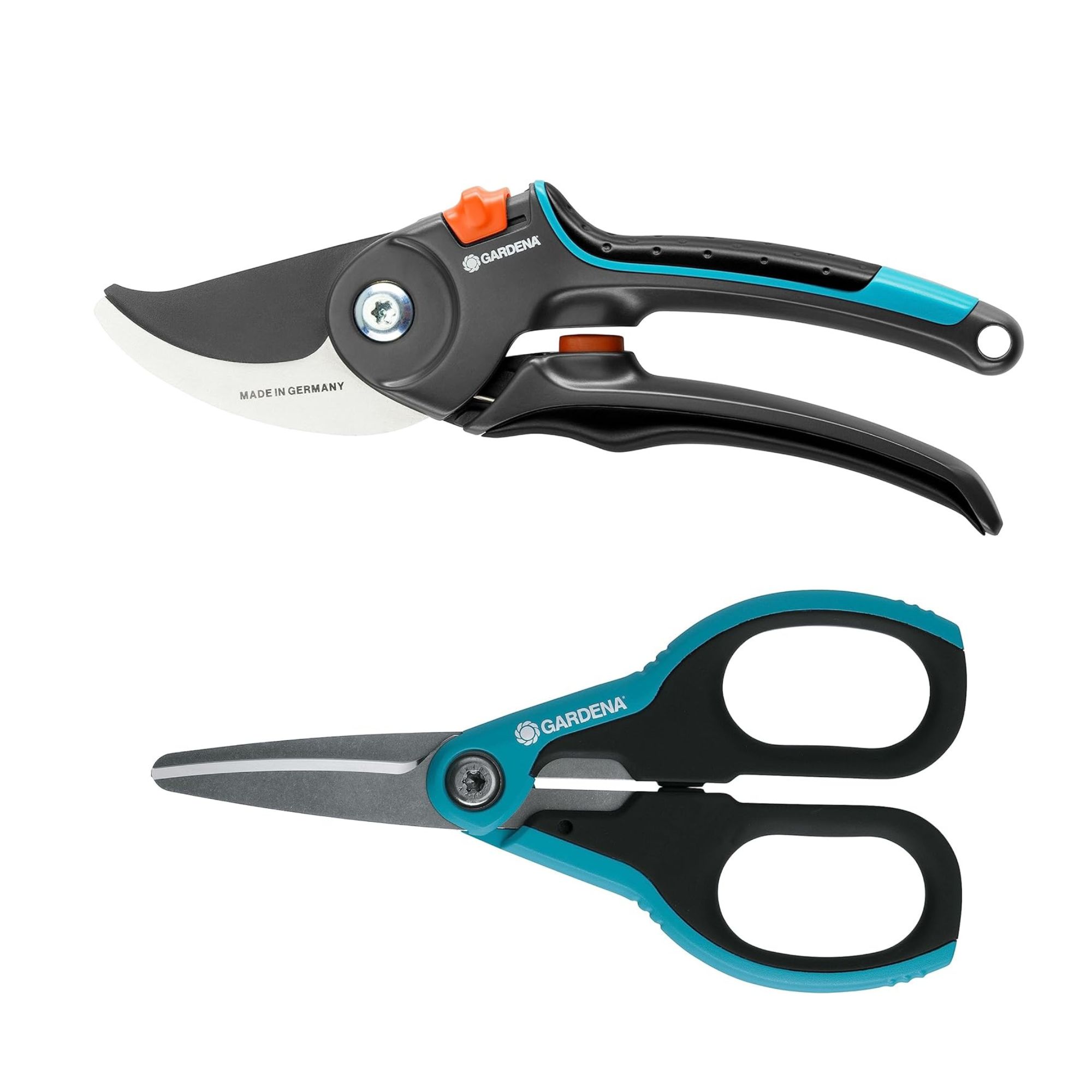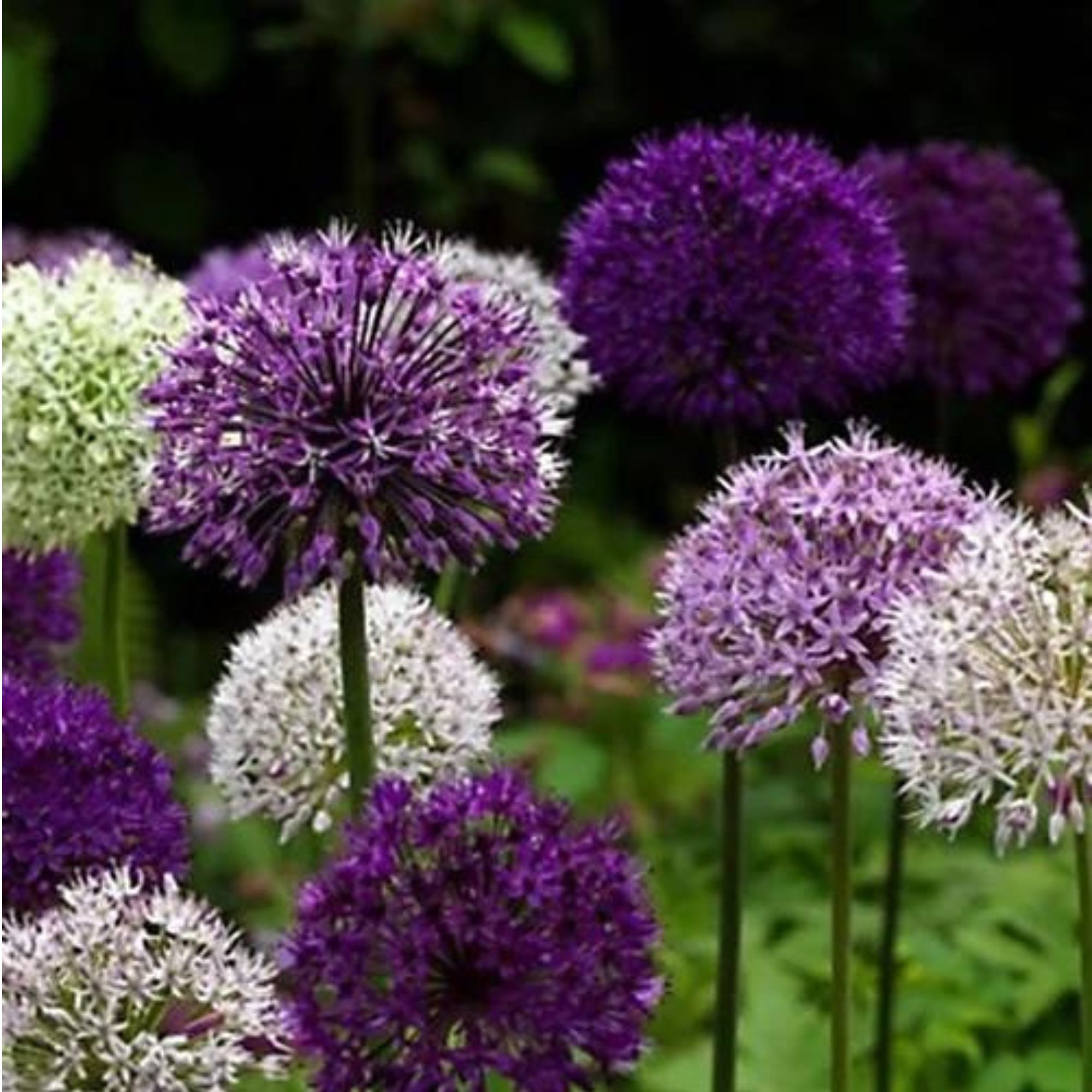What to do when alliums finish flowering - Experts explain your two choices and how they'll affect next year's blooms
If you want your alliums to come back next year, you have a choice to make
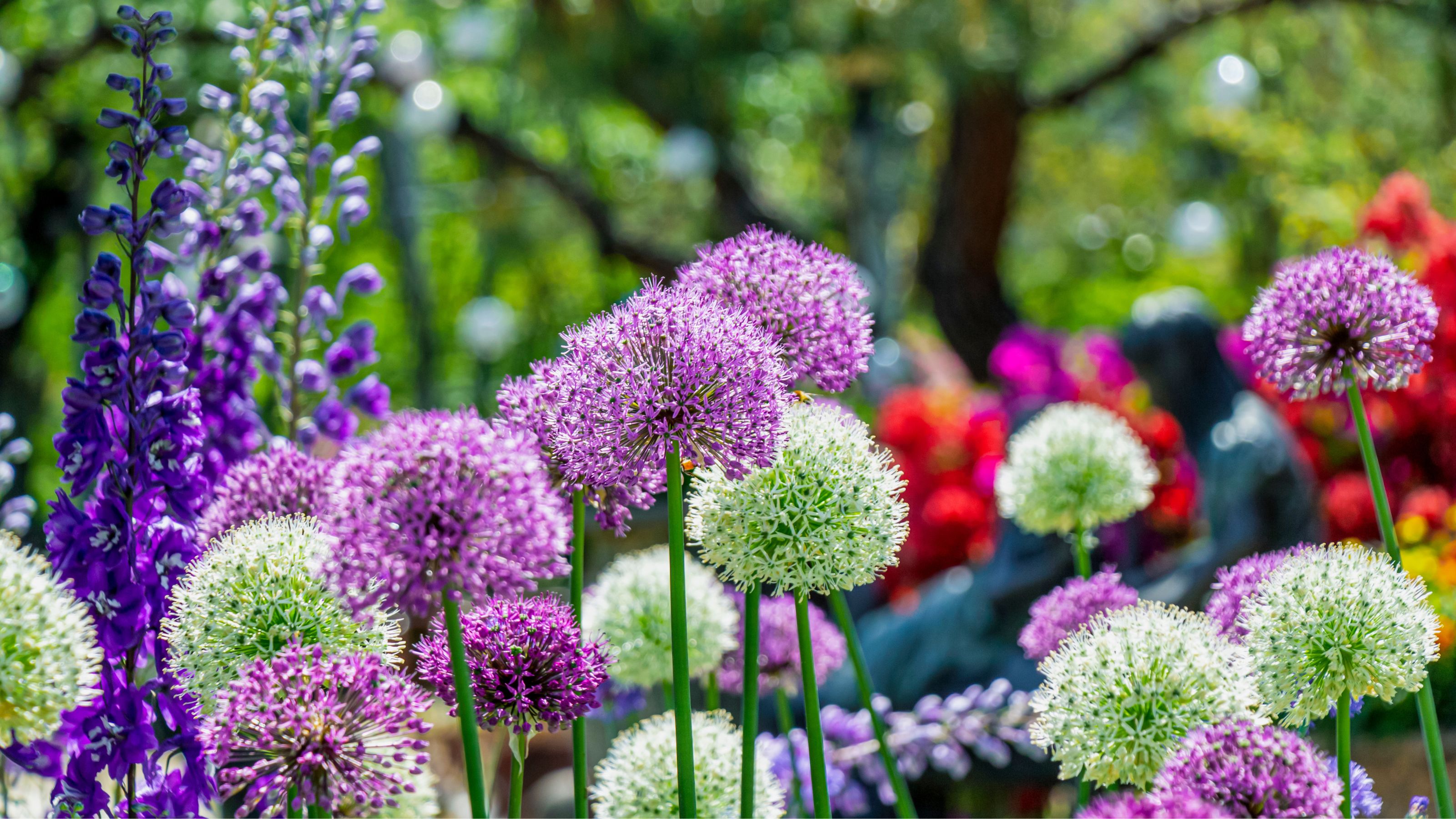

With their distinctive globular flower heads, alliums are a regal and sculptural addition to any garden. But while these ornamental onions add colour and height during their blooming period, they quickly fade as the flowering season ends. So, what do you do when alliums finish flowering?
Although it’s important to know what to do with bulbs after flowering, certain bulb plants have their own little quirks and requirements that set them apart from the rest - and alliums are part of that niche category. When planting allium bulbs, you need to know precisely how deep to plant them, and when alliums finish flowering, you need to know exactly what to do with the spent flowerheads.
That’s why we’ve decided to reach out to the experts and get their take on the matter. And as allium season ends in early summer, there’s never been a better time to learn what to do when alliums finish flowering. You have a choice to make, after all.
What to do when alliums finish flowering
While we wish we could tell you exactly what to do with alliums after flowering, it’s not as simple as that. That’s because there are two options to choose from.
Morris Hankinson, director of Hopes Grove Nurseries, even says, ‘This is a very controversial topic among gardening experts.’ In fact, this is a controversial topic that also impacts your decision to deadhead agapanthus, too.
Your first option is to simply leave these hardy perennials to their own devices. You can leave the spent flowerheads to die naturally, allowing the dried allium heads to continually add height, texture, and sculptural style to your garden borders as the weather turns.
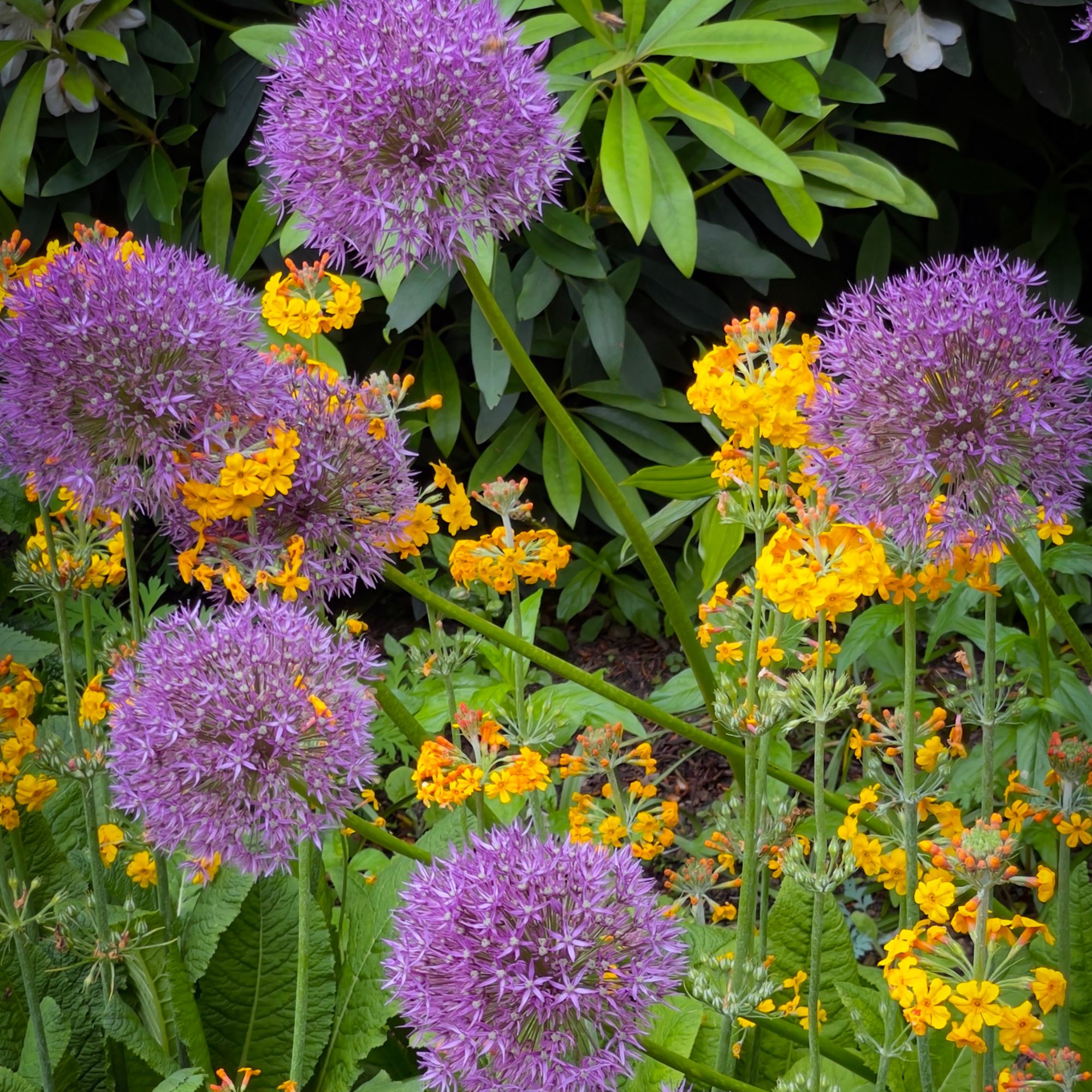
John Clifford, a garden expert from Gardenstone, adds, ‘Their flowerheads actually look good once they're dead, so many gardeners choose to leave them in place instead of cutting them back.’
Get the Ideal Home Newsletter
Sign up to our newsletter for style and decor inspiration, house makeovers, project advice and more.
Thankfully, it won’t affect your alliums' health in any way and should give them a better chance to absorb energy and nutrients to store in their bulbs for the next flowering season. This is also the main reason why many gardeners are divided on whether you should deadhead alliums or not.
Just be warned that the weather can ruin these dried allium displays in your garden, and you might find that some of the larger flowerheads may break or snap off during high winds or rain storms.
However, if you want to make room for more flowers to bloom or you just want to tidy up the spent allium flowers, your second option is to cut alliums back when the time is right.
Similar to knowing what to do with daffodils after flowering and what to do with tulips after flowering, you need to make sure that you’re not cutting back the allium foliage too early. That’s because the plant uses this foliage to absorb and store energy to grow bigger and brighter blooms next year.
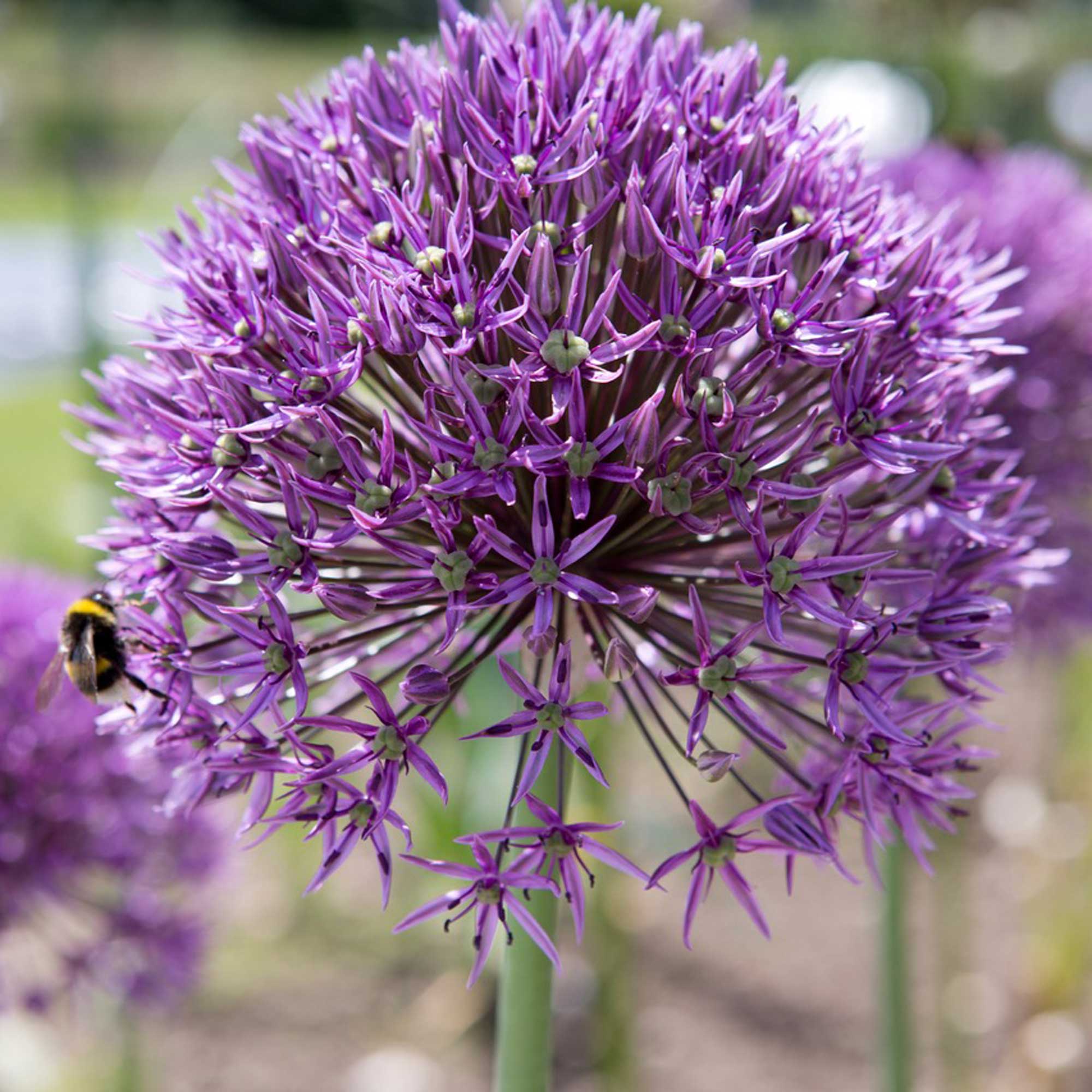
With this in mind, you should always wait until the foliage has shrivelled and turned yellow before cutting it back.
Morris says, ‘Some prefer to remove them as they don't enjoy the sight of them once they start to dry out. It's your choice ultimately, but if you do decide to deadhead, then use a sharp, clean pair of secateurs to cut the seed heads as close to the plant's base as you can.’
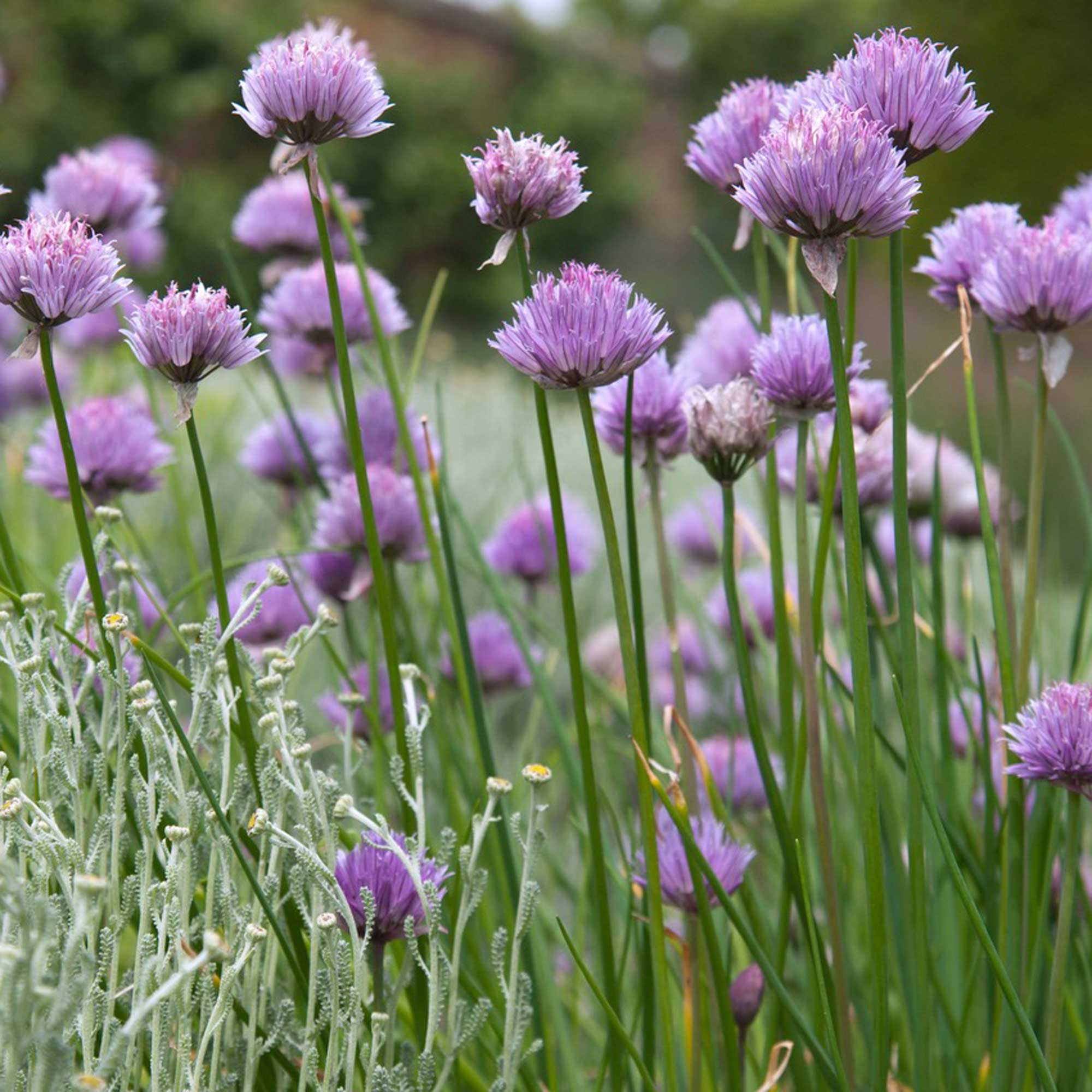
Unlike daffodils and tulips, however, you don’t have to lift and store allium bulbs over the winter months. In fact, allium bulbs tend to flower more successfully when they are given the chance to really establish themselves in the same location for a few years. So, leave them where they are.
If you choose this option, you just need to note (or mark with a plant label) where the allium bulbs are located so that you don’t plant too close to them over the winter.
John also adds, ‘You can leave allium bulbs in the ground over winter, as they are quite hardy. However, feel free to add a layer of mulch for extra protection from potential cold weather.’
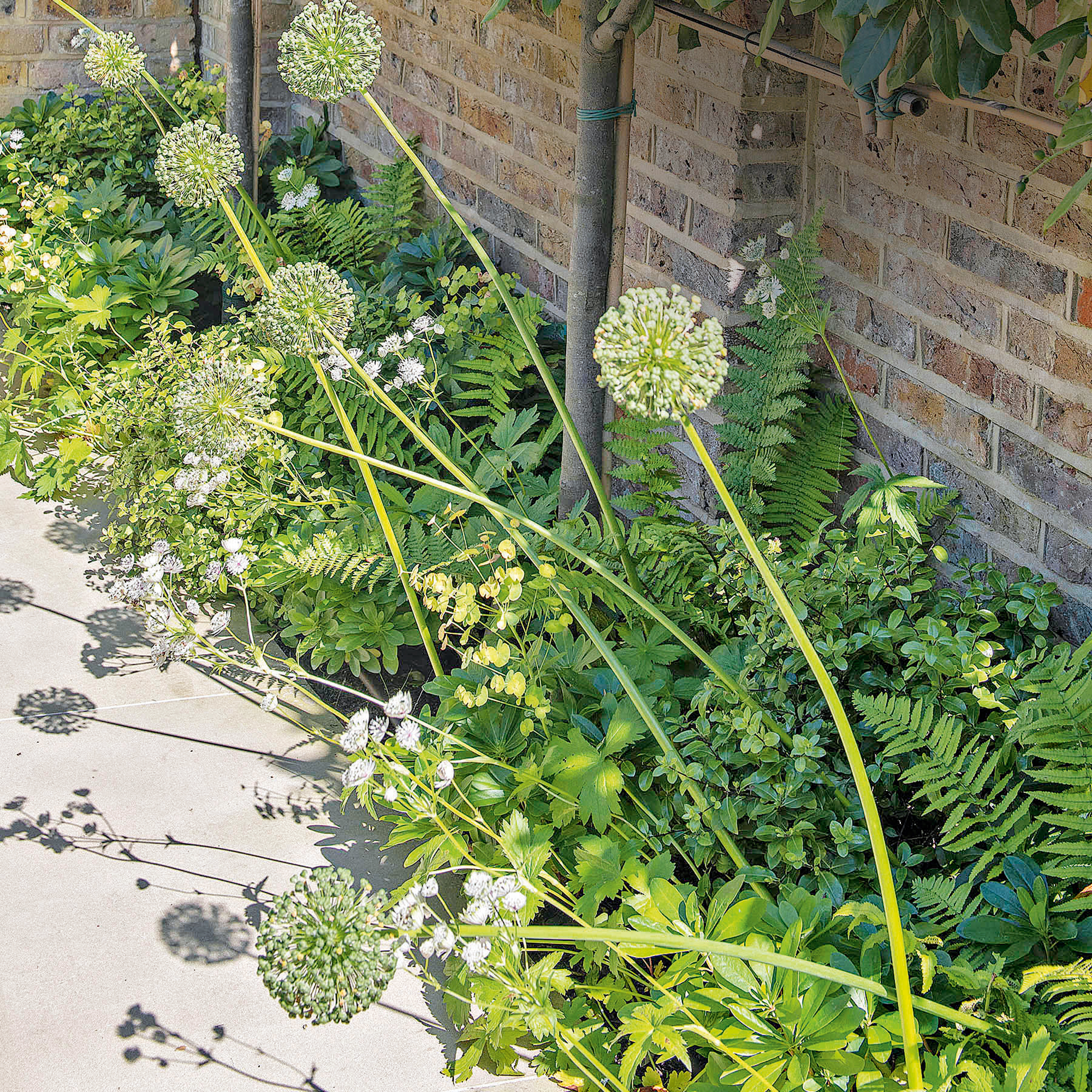

John Clifford is a director of Gardenstone, a leading garden landscaping retailer based in the UK. With over 30 years in the gardening industry and continual work alongside The National Trust, John has amassed an extensive range of gardening and planting knowledge. Alongside his younger son, John has built a strong reputation for Gardenstone as a trusted source for both high-quality garden products and expert gardening advice.

Morris Hankinson is the founder and managing director of Hopes Grove Nurseries Ltd, the UK’s only specialist grower-retailer of hedging plants. He established the thriving business in 1992, shortly after graduating with a Commercial Horticulture Degree from Writtle College, Essex.
What you’ll need
FAQs
Do I cut back alliums after flowering?
Ultimately, this is a personal choice. If you want to make the most of the dried globular allium flower heads throughout the colder months of the year, you can simply keep them in place and leave them to their own devices. Just be aware that they may start to snap off or crumble during harsher weather conditions.
If you want to tidy them up after flowering, however, you can cut alliums back after flowering. You should only do this when the foliage has withered and turned yellow, as this may affect the growth and the vibrancy of the blooms next year.
So, give the plant time to absorb as much energy as possible after flowering, and then cut back when the foliage has died, too.
How many years do alliums last?
Typically, a healthy allium plant will last between three and four years before the bulbs need some TLC. That’s because alliums are clump-forming perennials, which means that they multiply under the surface.
This can lead to overcrowding and underwhelming blooms, and you may even find that the bulbs start pushing each other out of the ground as they multiply. To solve this, you should divide them every three or four years and replant them elsewhere.
John Clifford from Gardenstone explains, ‘Every few years, their bulbs will need to be divided. To do this, dig carefully around the plant and lift the bulbs out.’
If your alliums have finished flowering, what will you do? Leave them alone? Or cut them back?

Lauren Bradbury has been the Content Editor for the House Manual section since January 2025 but worked with the team as a freelancer for a year and a half before that. She graduated with a Bachelor’s degree in English and Creative Writing from the University of Chichester in 2016. Then, she dipped her toe into the world of content writing, primarily focusing on home content. After years of agency work, she decided to take the plunge and become a full-time freelancer for online publications, including Real Homes and Ideal Home, before taking on this permanent role. Now, she spends her days searching for the best decluttering and cleaning hacks and creating handy how-to guides for homeowners and renters alike, as well as testing vacuums as part of her role as the Ideal Home Certified Expert in Training on Vacuums, having spent over 110 hours testing different vacuum models to date!
-
 Will a conservatory add value to your home and how can you maximise it?
Will a conservatory add value to your home and how can you maximise it?This is what the pros say
By Amy Reeves
-
 I’ve been looking for a new signature scent for my home and The White Company's new fragrance is the exact summer holiday smell I needed
I’ve been looking for a new signature scent for my home and The White Company's new fragrance is the exact summer holiday smell I neededSantorini smells fresh, summery and sophisticated
By Kezia Reynolds
-
 How to remove algae from garden walls in five steps – and the cleaning product experts rave about for tackling it fast
How to remove algae from garden walls in five steps – and the cleaning product experts rave about for tackling it fastExperts share their top tips for getting garden walls algae-free
By Katie Sims
